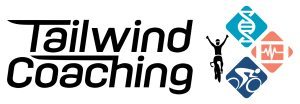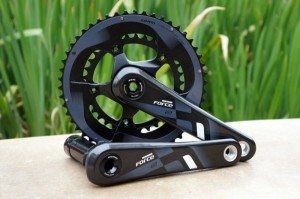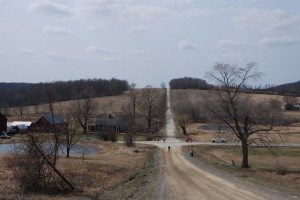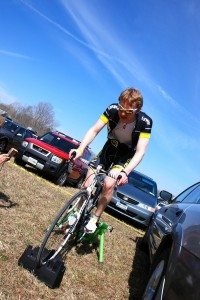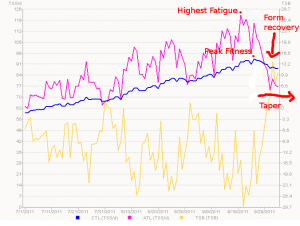Quarq Warranty Experience (Part Deux)
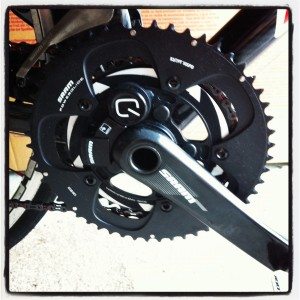 [dc]A[/dc]s I reported back in December, I had an issue with my Quarq Cinqo Saturn unit. Specifically, I had ridden in wet conditions, and the unit died shortly thereafter. On that occasion, Quarq replaced the unit, however with it being around the holidays, turnaround was about 10 days. I received a new electronics pod on the original spider, along with the explanation that "there was a run of bad pods, and this was probably one of them." I was told that there shouldn't be any more issues with my Cinqo. Fair enough, back to training and all was right in my world.
[dc]A[/dc]s I reported back in December, I had an issue with my Quarq Cinqo Saturn unit. Specifically, I had ridden in wet conditions, and the unit died shortly thereafter. On that occasion, Quarq replaced the unit, however with it being around the holidays, turnaround was about 10 days. I received a new electronics pod on the original spider, along with the explanation that "there was a run of bad pods, and this was probably one of them." I was told that there shouldn't be any more issues with my Cinqo. Fair enough, back to training and all was right in my world.
Fast forward to February, 2013. After a training ride for Battenkill (in other words, pissing rain, lots of dirt roads and mud, and overall shitty weather) the magic stopped a second time, and my Cinqo was once again dead. Off to South Dakota with it again, this time overnight, only to be replaced again. I had a brand new electronics pod AND spider in hand in 4 days, I was told that there wouldn't be another problem with it, and again all was right in my world.
Or should I say it was until Friday, April 12th.
